Bauernbrötchen - Rustic Rolls with Old Dough
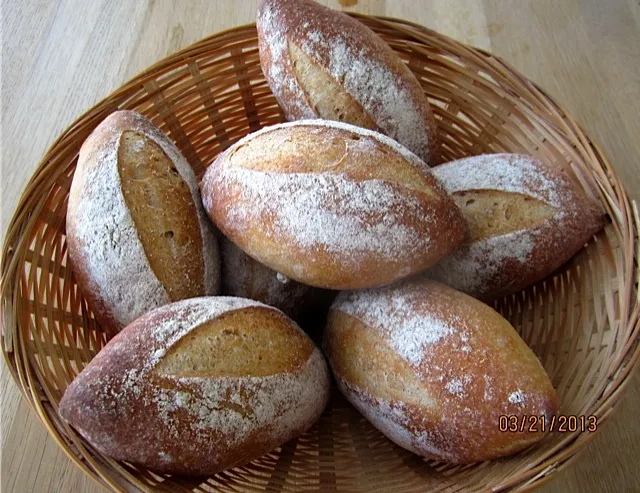
Gerd Kellner, aka Ketex, is not only an accomplished baker, but, also, writes one of Germany's best bread baking blogs. A book with his recipes: "Rustikale Brote aus deutschen Landen" is available as e-book at Amazon.
When I saw his post on Bauernbrötchen, I wasn't only attracted by the attractive look of these rustic rolls, but, also, intrigued by his use of old dough as leaven.



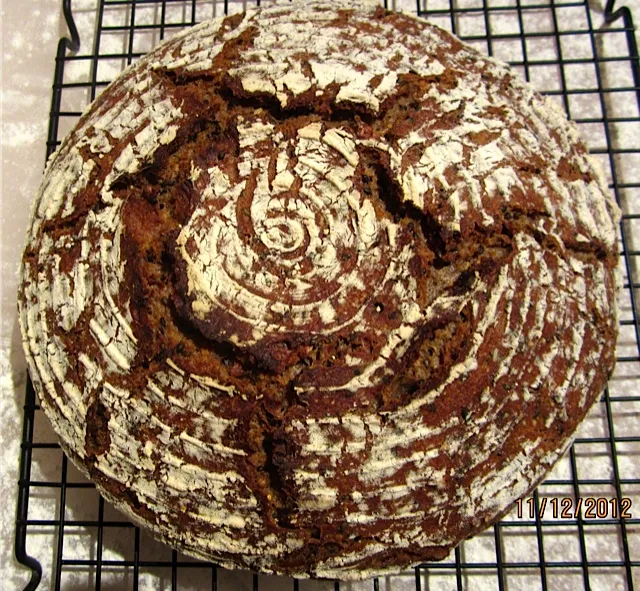
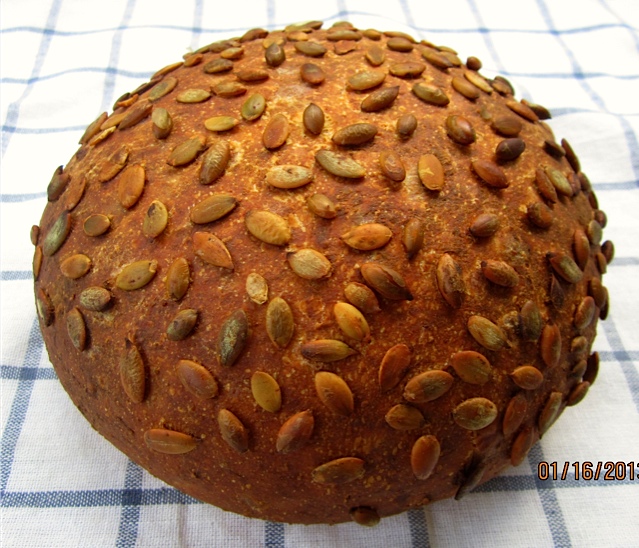
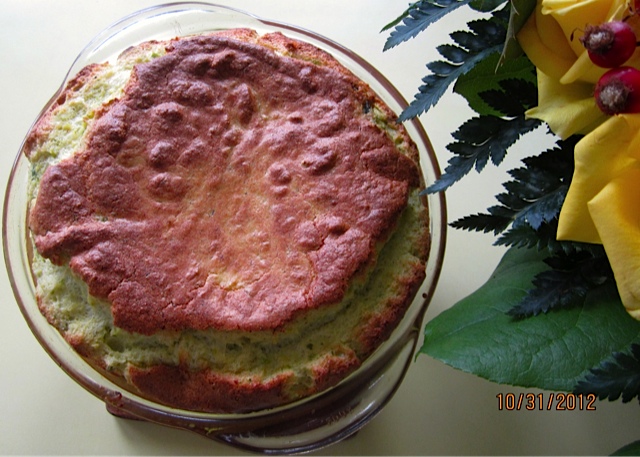
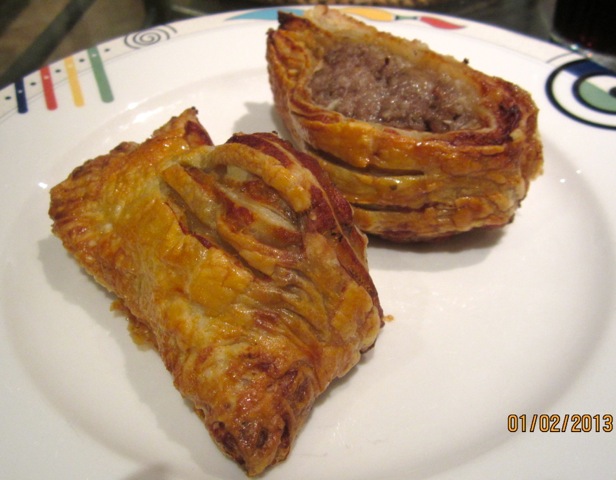
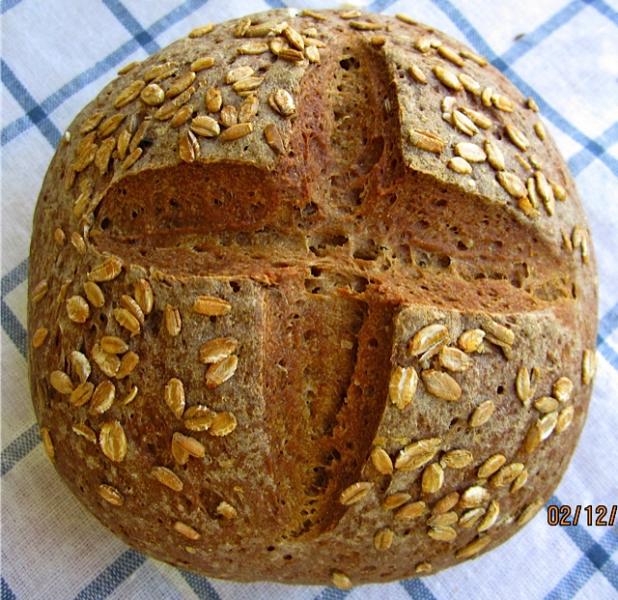
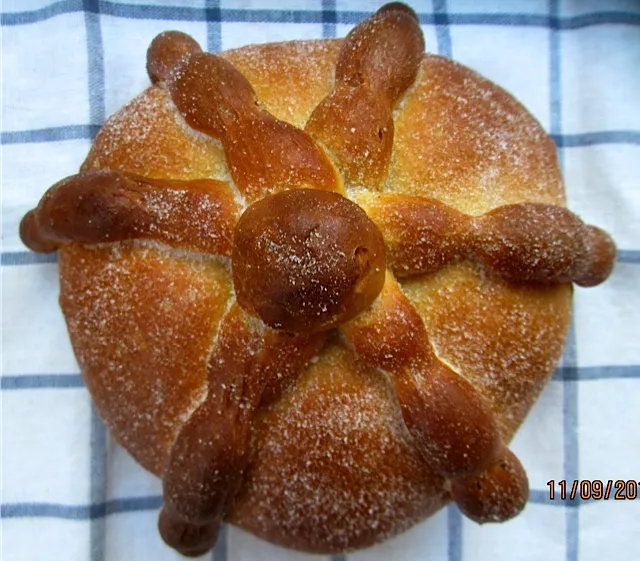
 Bakery in Tulum - a pretty disappointment!
Bakery in Tulum - a pretty disappointment!